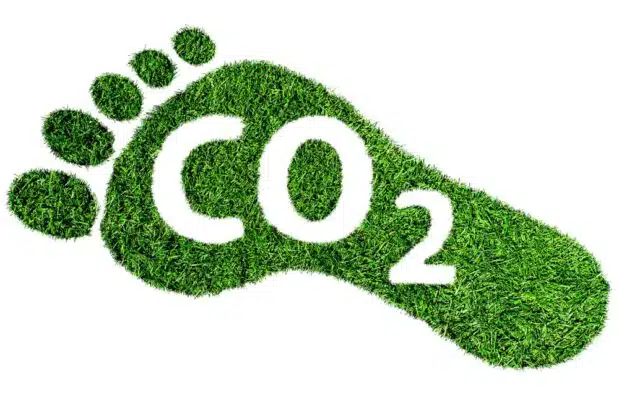Net Zero Carbon Buildings
The UK Green Building Council (UKGBC) released a framework definition of net zero carbon buildings in April. The primary aim of the framework is to facilitate net zero buildings, covering not only operational carbon, but also embodied carbon of buildings.
This is a positive step forward and will help the construction sector to tackle its large environmental impact. It is encouraging to see that the framework includes embodied carbon, which is all too often overlooked.
How do you achieve net zero carbon?
Achieving Net Zero Carbon Construction
A net zero carbon construction project needs to ensure that it offsets at least as much carbon as released in its operation and embodied carbon of construction. The net zero carbon framework from the UKGBC includes options for operational carbon and also embodied carbon.
In order to achieve net zero, the following steps are defined in the framework:
- Establish net zero carbon scope
- reduce construction impacts
- Reduce operational energy and carbon impacts
- Increase renewable energy supply
- Carbon offset the remainder of emissions
The final step is to offset the remaining carbon emissions. Read more about carbon offsetting in our article.
What is the Embodied Carbon of a Typical Building
To achieve a truly zero carbon building, it must cover both operational carbon and also embodied carbon. The embodied carbon of buildings varies depending upon the building type and a range of other factors, including the design. However, as a rough rule of thumb:
“The embodied carbon of most buildings will fall in the
range 400 – 1,000 kg CO2e per m2 GIA”
This offers a rough guideline. A detailed embodied or whole life carbon assessment, in adherence with a standard such as EN 15978, would establish what the embodied carbon of a specific building is. That would offer a robust basis to use for net zero carbon claims.
What Are the Costs of Offsetting Carbon for Net Zero
Step 5 on the framework covers carbon offsetting. The costs of carbon offsets vary. However, they are generally available in the range £4 to £15 a tonne of CO2. See our article on carbon offsets for up to date values. The costs depend upon what type of carbon offset project is desired and in what country the offset occurs. For example, offsetting through renewable energy in Asia tends to be at the lower end of the range. Achieving net zero through offsetting by forestry projects are some of the more expensive offsets.
Assuming a carbon offset price of £10 a tonne CO2 and assuming that a building would need to offset half a tonne of CO2 per m2 GIA, the below costs would be incurred from procuring the carbon offsets:
- 100 m2 house = £500
- 1,000 m2 building = £5,000
- 10,000 m2 building = £50,000
These should be take as a guideline only and are based upon broad assumptions and depends upon the scope of the offset, in terms of embodied or whole life carbon.
Circular Ecology are able to procure verified carbon offsets from a range of reputable projects.
Please use the form below if you would like to reach out to us regarding these services.
Essential Carbon Footprint Training Course Updated
Circular Ecology have recently completed updating their Essential Carbon Footprint Training Course. The e-learning course [...]
Apr
Hiring – Senior Sustainability Consultant
Join Circular Ecology. An opportunity is available for an enthusiastic and dedicated sustainability professional at [...]
Feb
Have a Very Green Christmas
For many people, Christmas is a time of joy and celebration, for sharing gifts and [...]
Dec
Circular Ecology Support the Launch of the Built Environment Carbon Database (BECD)
The Built Environment Carbon Database (BECD) is envisioned to become the main source of carbon [...]
Oct




